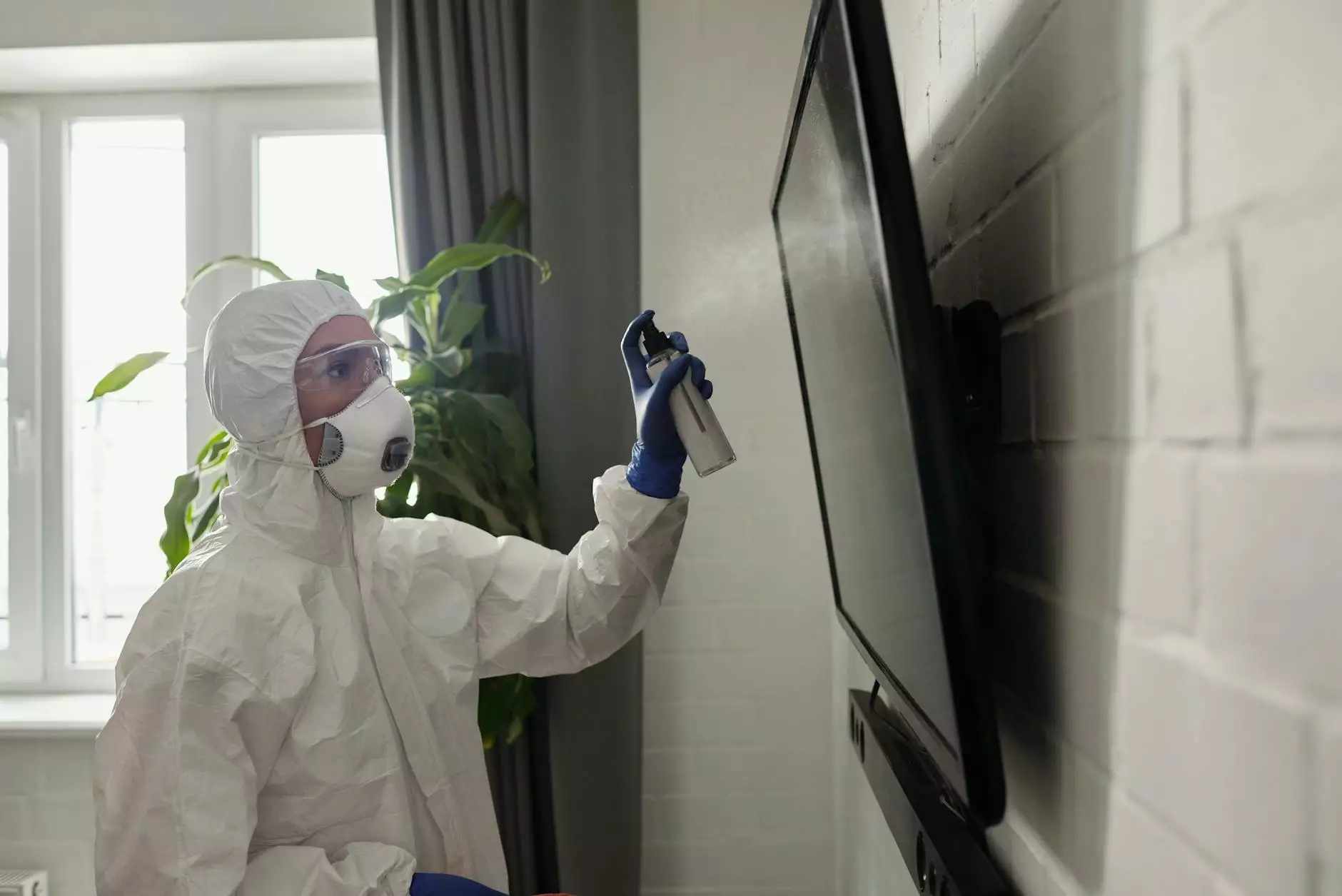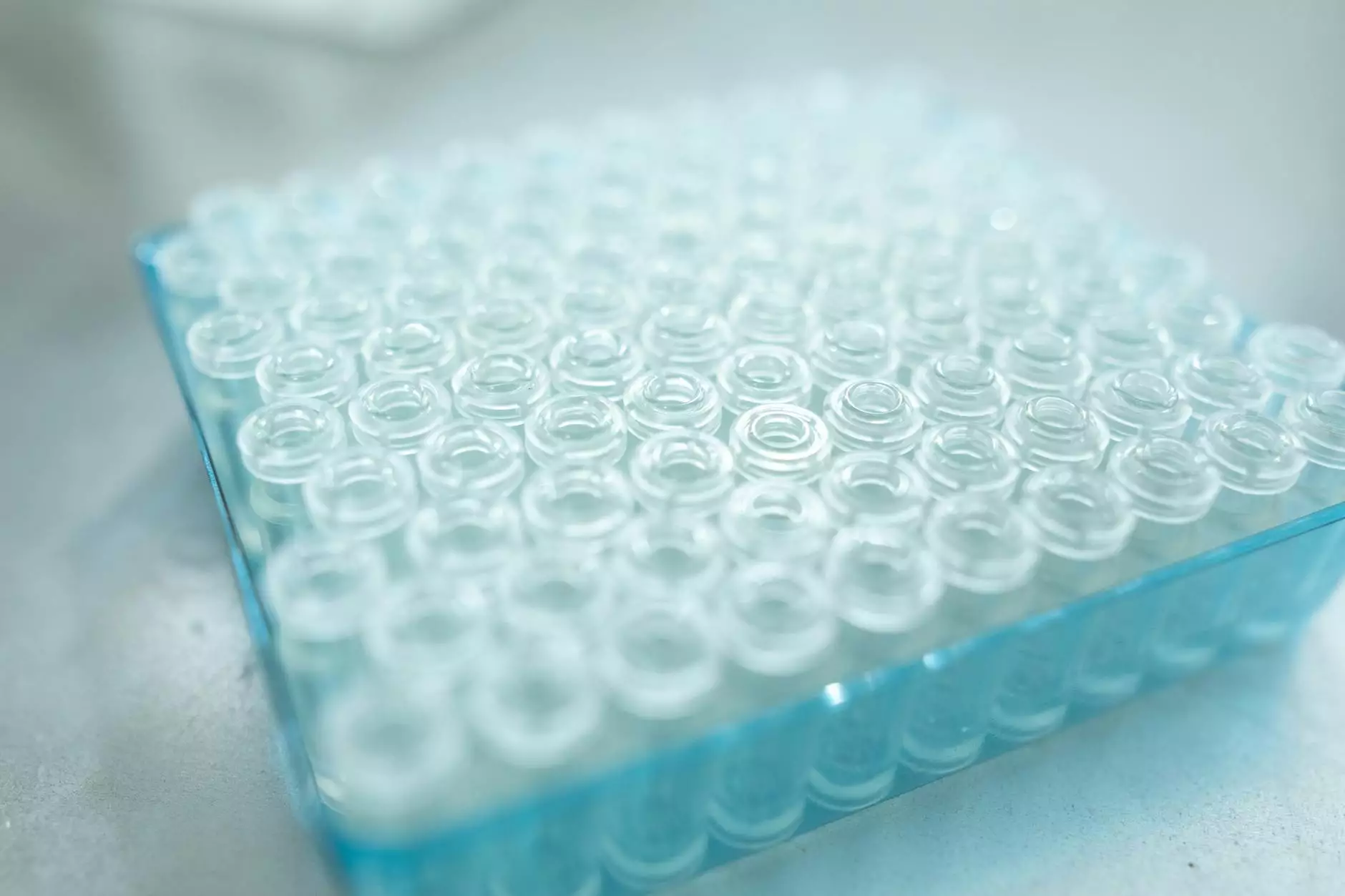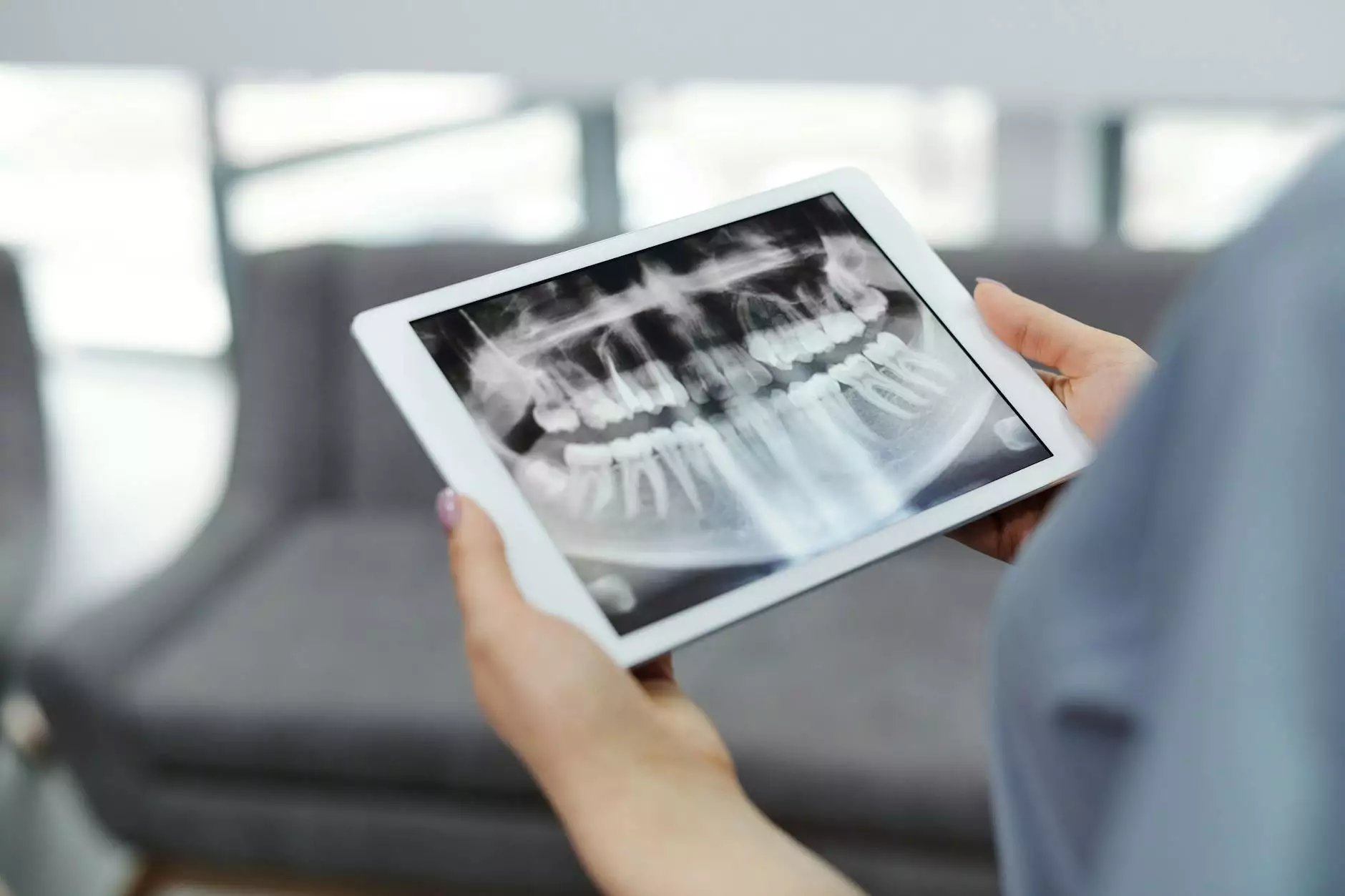The Essential Guide to Dental Surface Disinfectants

Dental surface disinfectants play a pivotal role in maintaining the hygiene and safety of dental practices. Ensuring a sterile environment is not only critical to patient safety but also paramount in preventing cross-contamination and the spread of infectious diseases. In this comprehensive guide, we will delve into the various aspects of dental surface disinfectants — from their importance and types to application techniques and industry standards.
Why Are Dental Surface Disinfectants Important?
The significance of using dental surface disinfectants cannot be overstated. These products are specifically formulated to eliminate pathogens from surfaces that come into contact with dental instruments, patients, and staff. Here are several reasons highlighting their importance:
- Prevention of Infections: Disinfecting surfaces minimizes the risk of nosocomial infections, which can be detrimental to patient health.
- Cross-Contamination Control: Effective disinfection practices help in controlling the spread of bacteria and viruses between patients, dental staff, and the environment.
- Regulatory Compliance: Most dental practices are subject to strict health regulations that mandate the use of suitable disinfectants to keep environments safe.
- Enhancing Patient Trust: A clean and well-disinfected dental practice instills confidence in patients, reassuring them about their safety.
Types of Dental Surface Disinfectants
Dental surface disinfectants are categorized based on their chemical composition, effectiveness, and application method. Understanding the different types can aid dental professionals in selecting the most suitable product for their practice.
1. Alcohol-Based Disinfectants
Alcohol-based disinfectants, typically containing isopropyl or ethyl alcohol, are widely used for their rapid action against a broad spectrum of microorganisms. They are effective against bacteria, fungi, and viruses, although they may not be suitable for all surfaces, particularly those prone to corrosion.
2. Quaternary Ammonium Compounds (Quats)
Quaternary ammonium compounds are frequently found in disinfectant wipes and sprays. They are known for their stability and effectiveness against various bacteria and viruses. However, they can lose efficacy in the presence of organic matter, so thorough cleaning before disinfection is essential.
3. Chlorine Compounds
Chlorine-based disinfectants, such as sodium hypochlorite, are highly effective bactericides and virucides. They are particularly useful in situations requiring high-level disinfection, although they can be harsh on certain surfaces and should be used with caution.
4. Hydrogen Peroxide
Hydrogen peroxide is a powerful oxidizing agent that serves as an effective surface disinfectant. Its broad-spectrum activity makes it suitable for use in dental clinics, and it breaks down into water and oxygen post-use, leaving minimal residue.
Choosing the Right Dental Surface Disinfectant
Selecting the right dental surface disinfectant involves understanding the specific needs of your practice, the types of surfaces to be disinfected, and compliance with regulatory requirements. Consider the following factors:
- Effectiveness: Look for products that are proven effective against a broad range of pathogens, including bacteria, viruses, and fungi.
- Surface Compatibility: Ensure the disinfectant is safe for use on the materials commonly found in dental surfaces, such as plastics and metals.
- Ease of Use: Choose disinfectants that are easy to apply and do not require complex preparation or lengthy contact times.
- Safety: Evaluate the safety data of the disinfectants, including any potential health risks or environmental impacts.
Application of Dental Surface Disinfectants
Proper application techniques are crucial to maximize the effectiveness of dental surface disinfectants. Here’s a step-by-step guide to effectively disinfect dental surfaces:
1. Pre-Cleaning Procedures
Before applying a disinfectant, it is imperative to clean the surfaces first. This removal of organic debris, blood, and saliva allows the disinfectant to work more effectively. Use appropriate cleaning agents and disposable materials to avoid cross-contamination.
2. Choosing the Right Disinfectant
As discussed earlier, select a disinfectant suitable for the surfaces you are treating. Check manufacturer guidelines for specific products, including recommended contact times and dilution ratios.
3. Application Method
Apply the disinfectant generously to all surfaces. Use wipes, sprays, or cloths to ensure even coverage. Pay special attention to high-touch areas such as chairs, light handles, and instrument trays.
4. Contact Time
Allow the disinfectant to remain wet on the surface for the full contact time indicated in the product instructions. Failure to do so can compromise its effectiveness.
5. Final Wipe
After the contact time is complete, if specified by the manufacturer's instructions, you may need to wipe the surface with a clean cloth to remove any residue.
Compliance with Industry Standards
Adhering to industry standards is essential in ensuring that dental surface disinfectants are used effectively and safely. The following guidelines should be considered:
- OSHA Regulations: The Occupational Safety and Health Administration provides regulations concerning the safe handling and application of disinfectants.
- CDC Guidelines: The Centers for Disease Control and Prevention offers recommendations for infection control in dental settings, including guidelines on the use of disinfectants.
- ADA Standards: The American Dental Association underscores the importance of using EPA-registered disinfectants and following recommended practices for cleaning and disinfecting.
The Future of Dental Surface Disinfectants
The demand for effective bloodborne and airborne pathogen control is continually evolving, leading to innovations in the field of dental surface disinfectants. Here are a few trends shaping the future:
1. Enhanced Formulations
Manufacturers are developing new disinfectants with faster kill times, broader spectrums of activity, and less harmful ingredients. This helps in improving compliance while ensuring efficacy against difficult-to-kill pathogens.
2. Integration of Technology
Advancements in technology, including the incorporation of UV-C light and electrostatic spraying, are revolutionizing disinfection processes, offering additional layers of safety in dental practices.
3. Green Disinfectants
With increased awareness about environmental sustainability, there’s a growing trend towards eco-friendly disinfectants that are as effective as traditional options but less harmful to the environment.
Conclusion
In conclusion, the role of dental surface disinfectants in maintaining a safe and hygienic dental environment is indispensable. By understanding the types, benefits, and application techniques of these disinfectants, dental professionals can better protect their patients and staff. Staying informed about industry standards and new advancements ensures that practices will remain compliant while being up-to-date with the latest disinfection strategies.
For dental practices looking to invest in high-quality dental surface disinfectants, exploring reliable suppliers such as medalkan.com will provide access to a range of effective solutions tailored to meet your practice’s needs. Cleanliness and safety are non-negotiable in the realm of dental care—ensure your practice excels in both.









